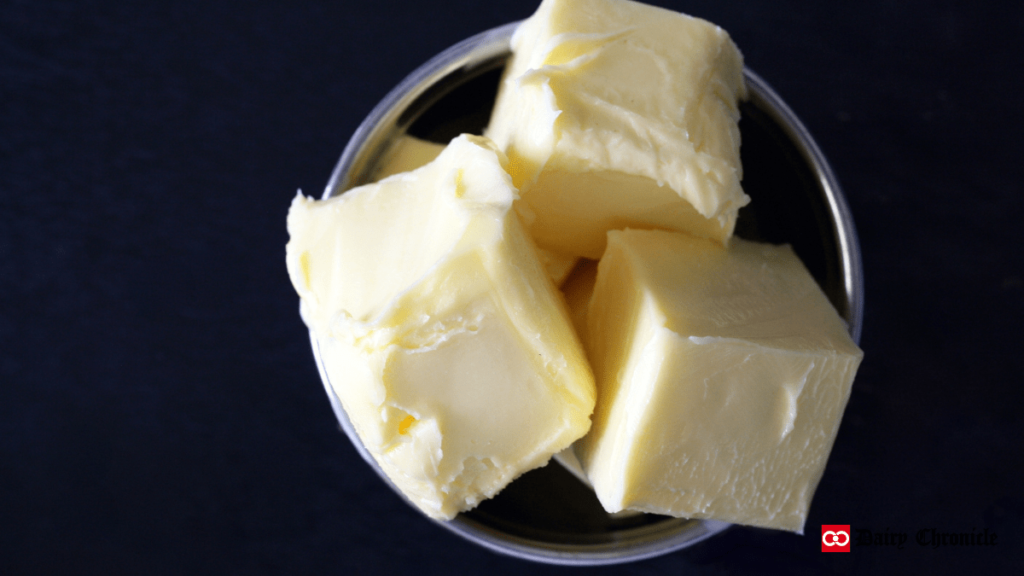Butter prices in the US have reached an all-time high due to reduced production caused by the bird flu outbreak affecting dairy cows and a shift by dairy producers towards cheese production. Prices have surged to $7,350 per metric ton, surpassing the previous record set in 2022. The increase is driven by high demand for butter, especially with the upcoming holiday baking season, and tight milk supplies.
Butter prices in the US have reached unprecedented levels as a confluence of factors tightens global supply and shifts dairy production priorities. The latest Global Dairy Trade auction reported an average butter price of $7,350 per metric ton, eclipsing the previous high of $7,086 set in 2022. This spike comes as world dairy processors increasingly redirect milk towards cheese production, driven by soaring demand, while bird flu continues to constrain U.S. dairy output.
Current Butter Price Trends
The Global Dairy Trade auction, a key indicator for dairy prices including those on the Chicago futures market, has set a new record for butter prices. The surge is partly due to limited supply and heightened demand, particularly in anticipation of the holiday baking season. Consumers’ post-pandemic stockpiling habits have further exacerbated the situation, leading to a scramble for butter.
Shift in Dairy Production
Dairy producers are increasingly focusing on cheese production to meet rising demand, particularly for popular items like pizza. This shift has led to reduced investment in butter production capacity. According to industry experts, capital investments are now primarily directed towards expanding cheese production rather than increasing butter output. This strategic pivot has contributed to the current butter shortage.
Also Read- Detailed Analysis: U.S. Butterfat Exports Soar 490% Amid Rising Domestic Prices
Impact of Bird Flu
In the U.S., the dairy sector is grappling with the effects of a virulent strain of bird flu that has recently affected dairy cows. This outbreak has exacerbated the supply issues, tightening milk availability and driving up butter prices. The impact of bird flu on dairy production highlights the broader challenges faced by the industry in maintaining stable supply levels.
Economic Implications
The record butter prices are straining food and confectionery manufacturers, who are already dealing with high costs for cocoa and other commodities. Despite a general moderation in overall food inflation, prices for specific items like orange juice and robusta coffee have surged, adding to the economic pressures faced by consumers and producers alike.
Market Outlook
Despite the current high prices, there may be some relief on the horizon. Historically, butter prices have shown a tendency to decline in early July during Global Dairy Trade’s auctions. However, given the current tight supply conditions, any potential relief might be temporary.
The unprecedented rise in butter prices reflects the complex interplay of shifting dairy production priorities and ongoing supply constraints. As the industry navigates these challenges, both consumers and producers will need to adapt to the evolving market dynamics and price fluctuations.



